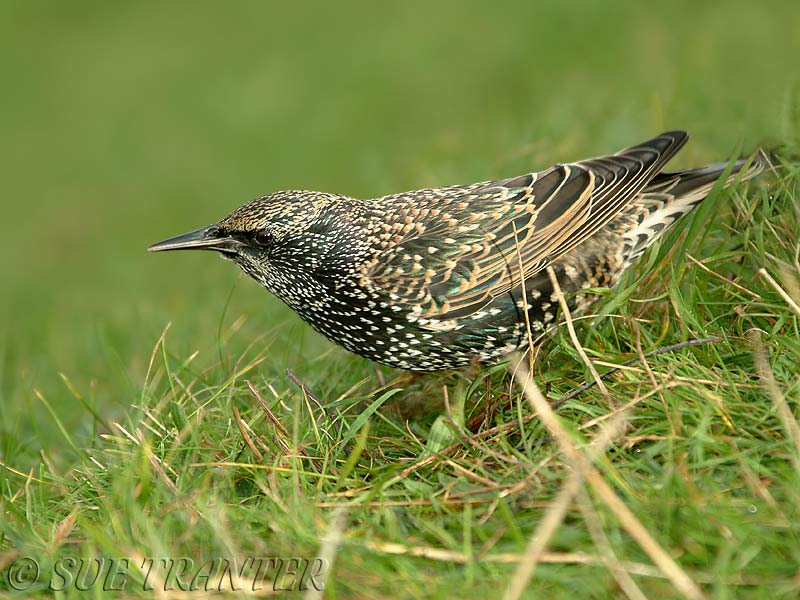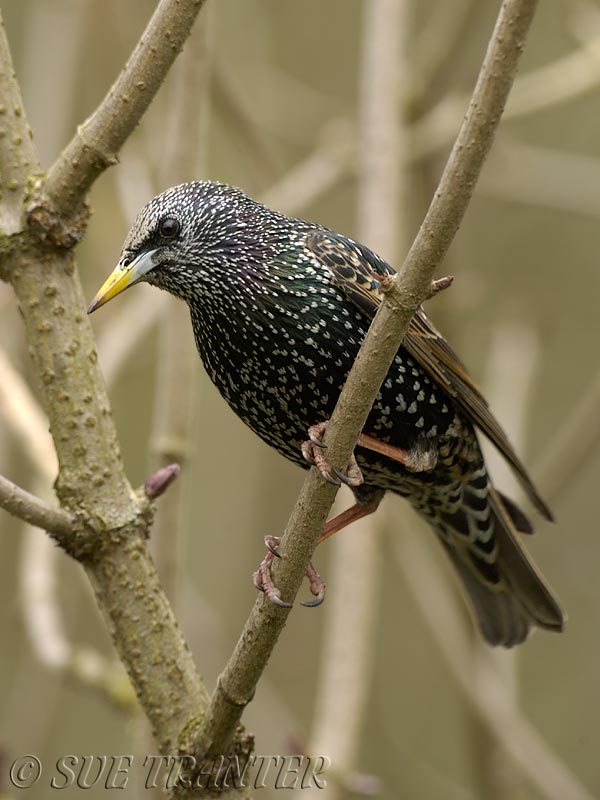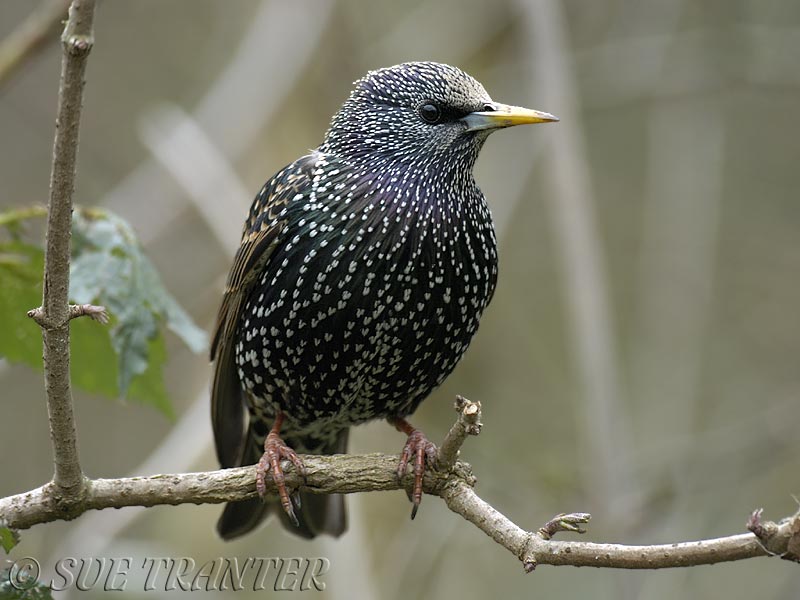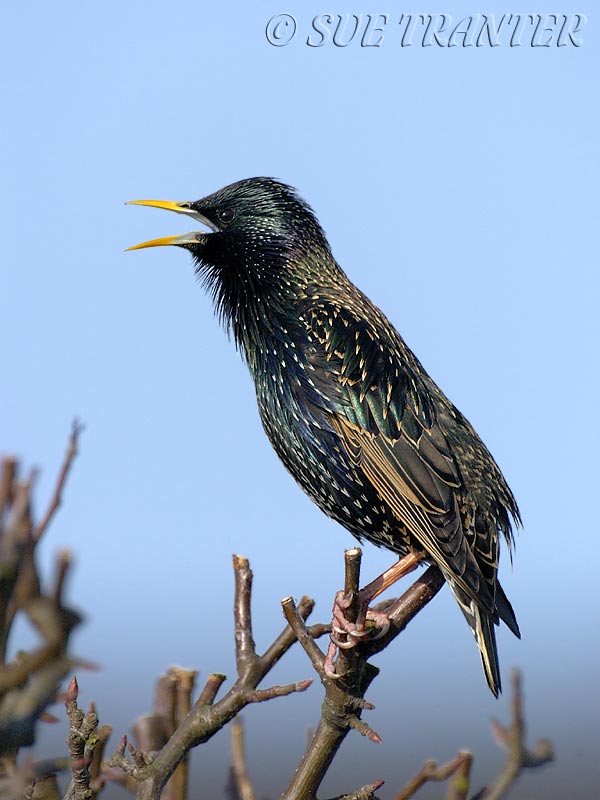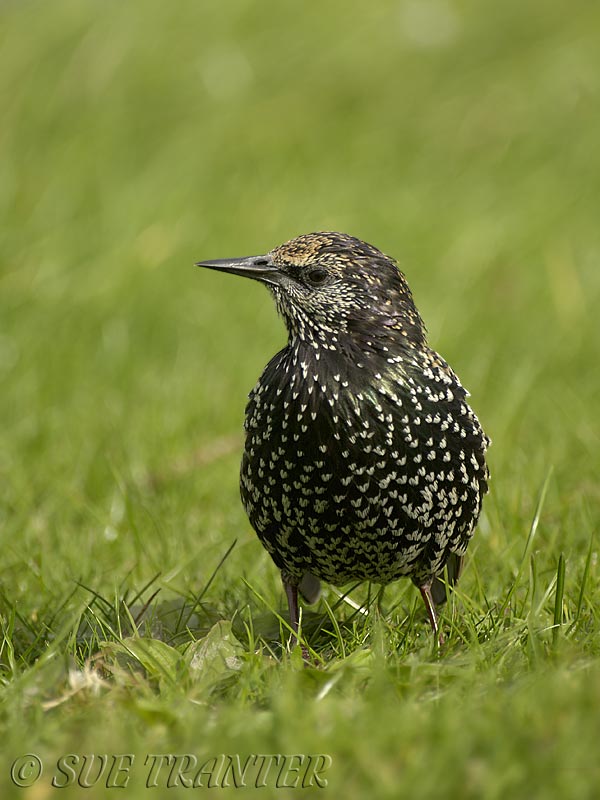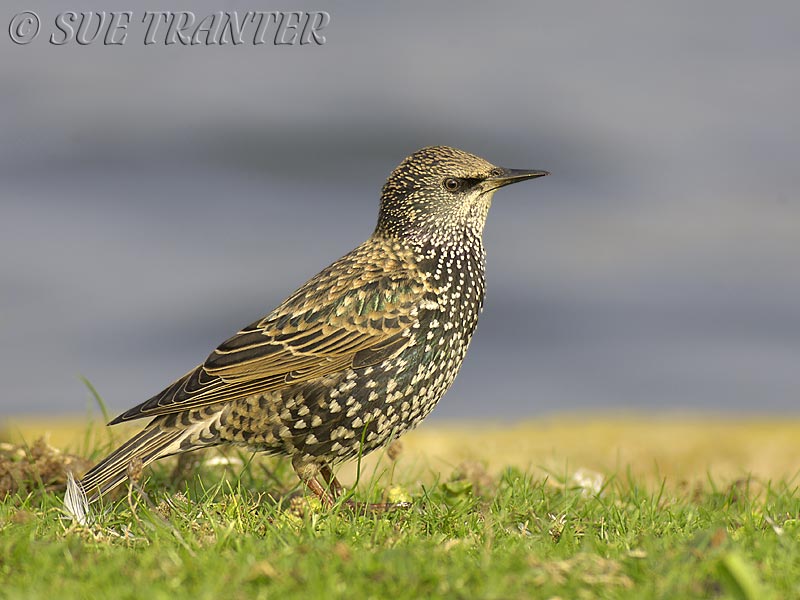Back To

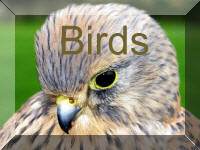
Back To



Smaller than blackbirds, with a short tail, pointed head, triangular wings, starlings look black at a distance but when seen closer they are very glossy with a sheen of purples and greens. Their flight is fast and direct and they walk and run confidently on the ground. Noisy and gregarious, starlings spend a lot of the year in flocks. Still one of the commonest of garden birds, its decline elsewhere makes it a Red List species.
Where does it live?
Breeding
Open woodland and woodland edges, hedgerows, parks and gardens - wherever there are suitable trees with nest holes.
Wintering
Spends the winter in a wide range of habitats, from arable fields to pasture, in gardens and parks, and on the seashore. Large feeding flocks collect into even larger roosting flocks in plantations and reedbeds, and on cliffs and buildings.
Where to see it
Conspicuous and widespread in the UK, occurring everywhere except for the highest parts of the Scottish Highlands. They are most abundant in southern England and are more thinly distributed in upland areas with moorland. Still the UK's commonest garden bird. Huge roosts are found in plantations, reed beds and city centres.
What does it eat?
Insects and fruit.
What does it sound like?
Gives a short 'chip' of alarm; song is a mixture of warbles, trills, whistles and rattlesWhen to see it
All year round. Large numbers arrive in autumn to spend the winter here.
Similar species
Blackbird
